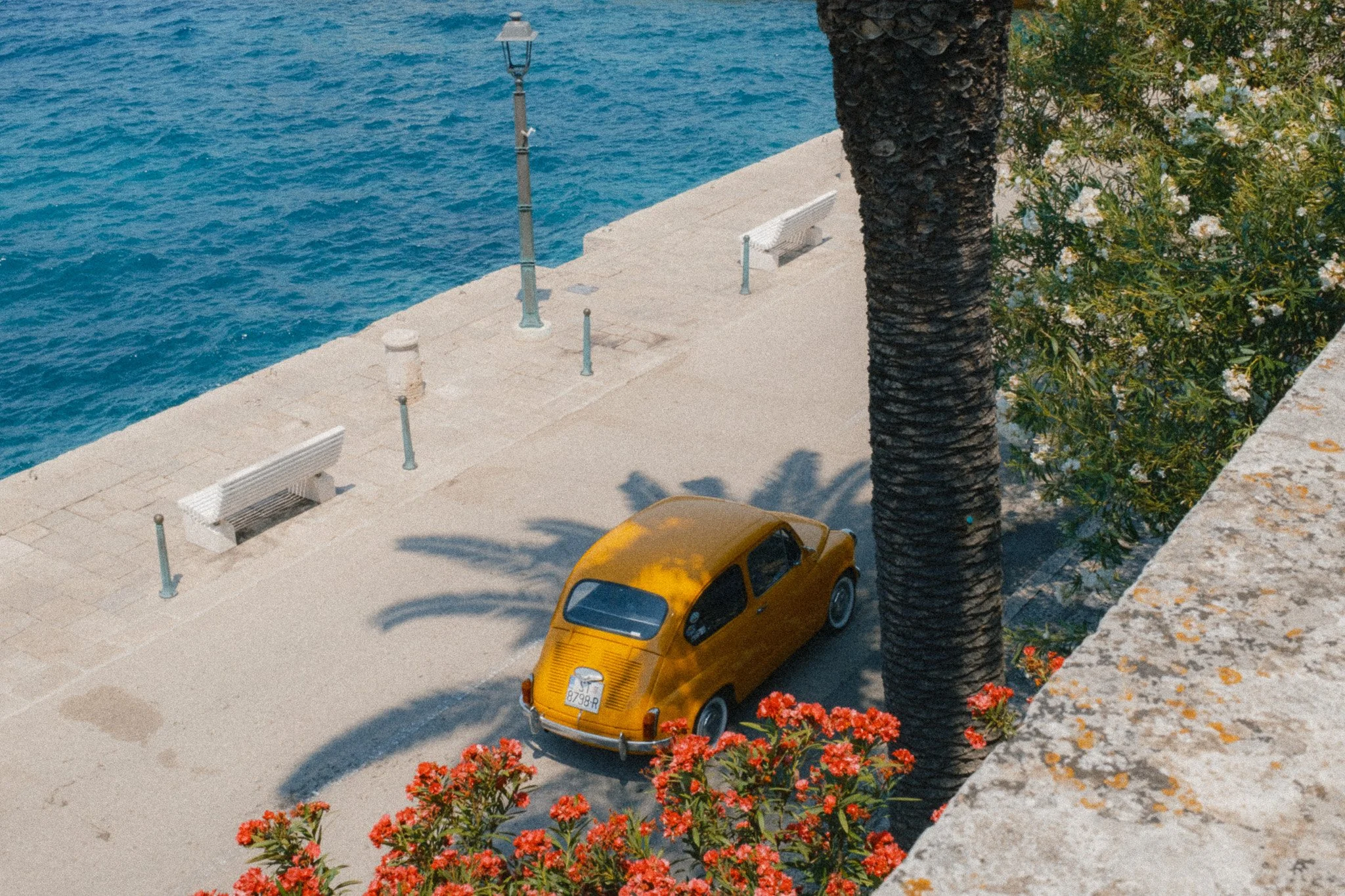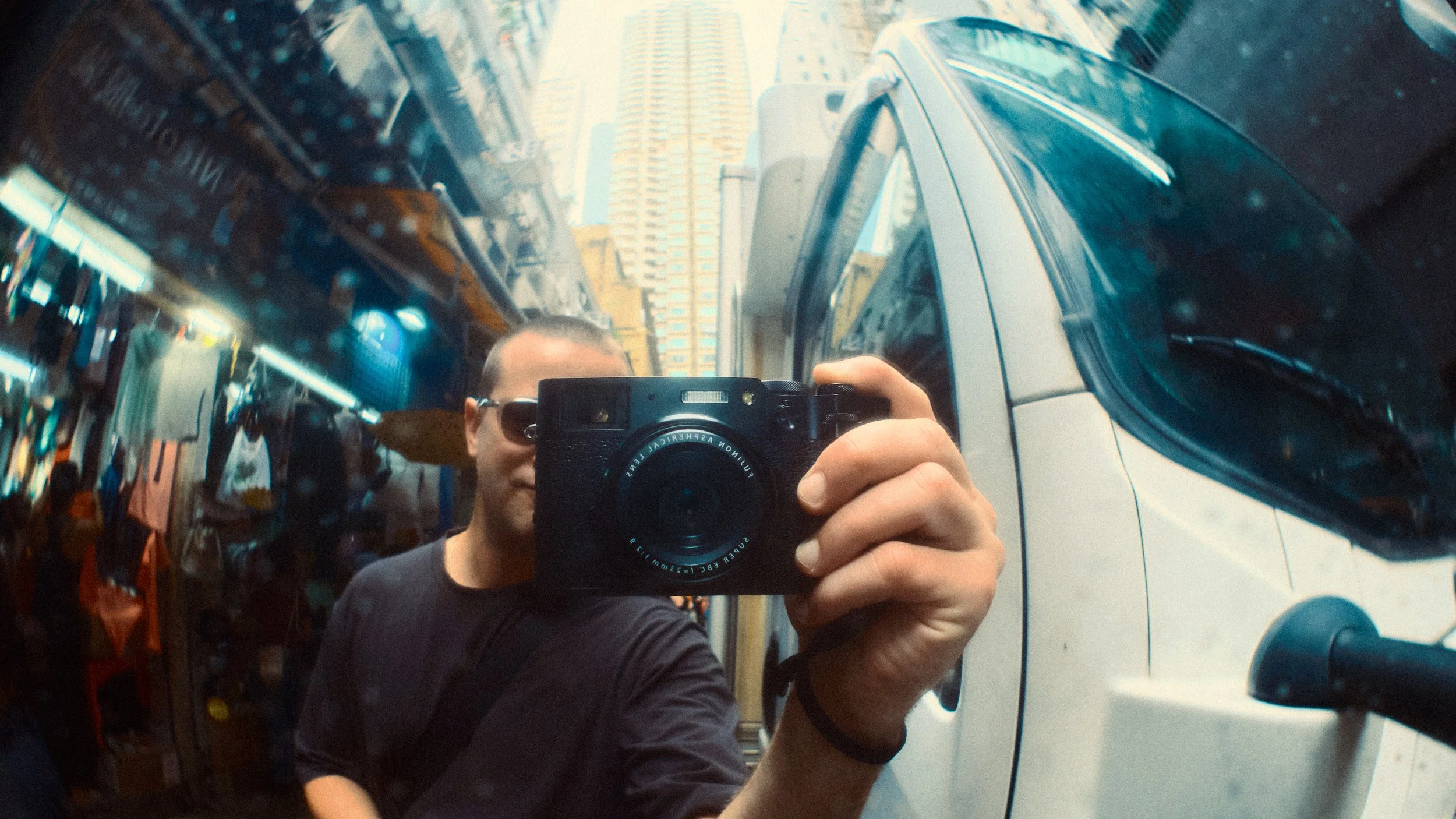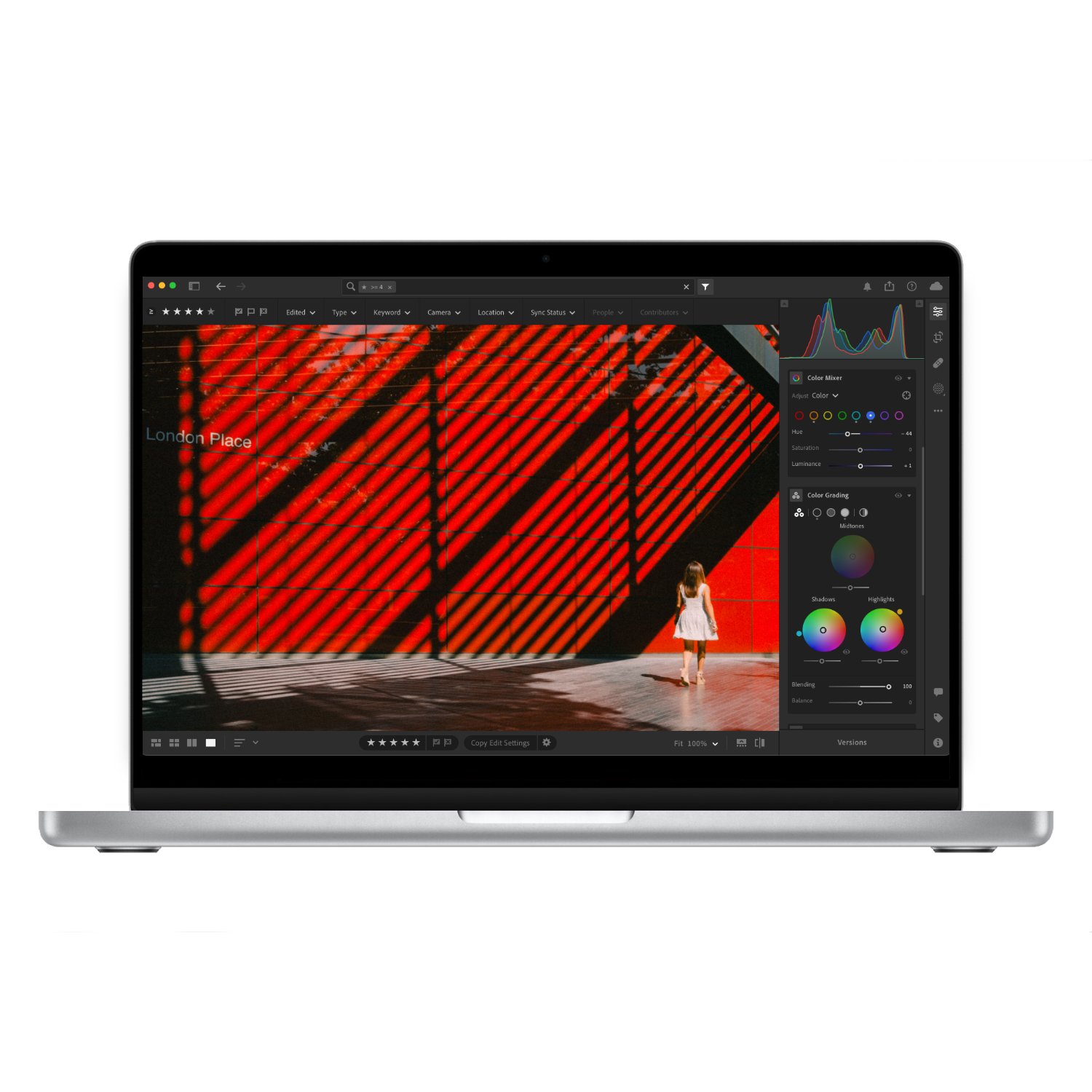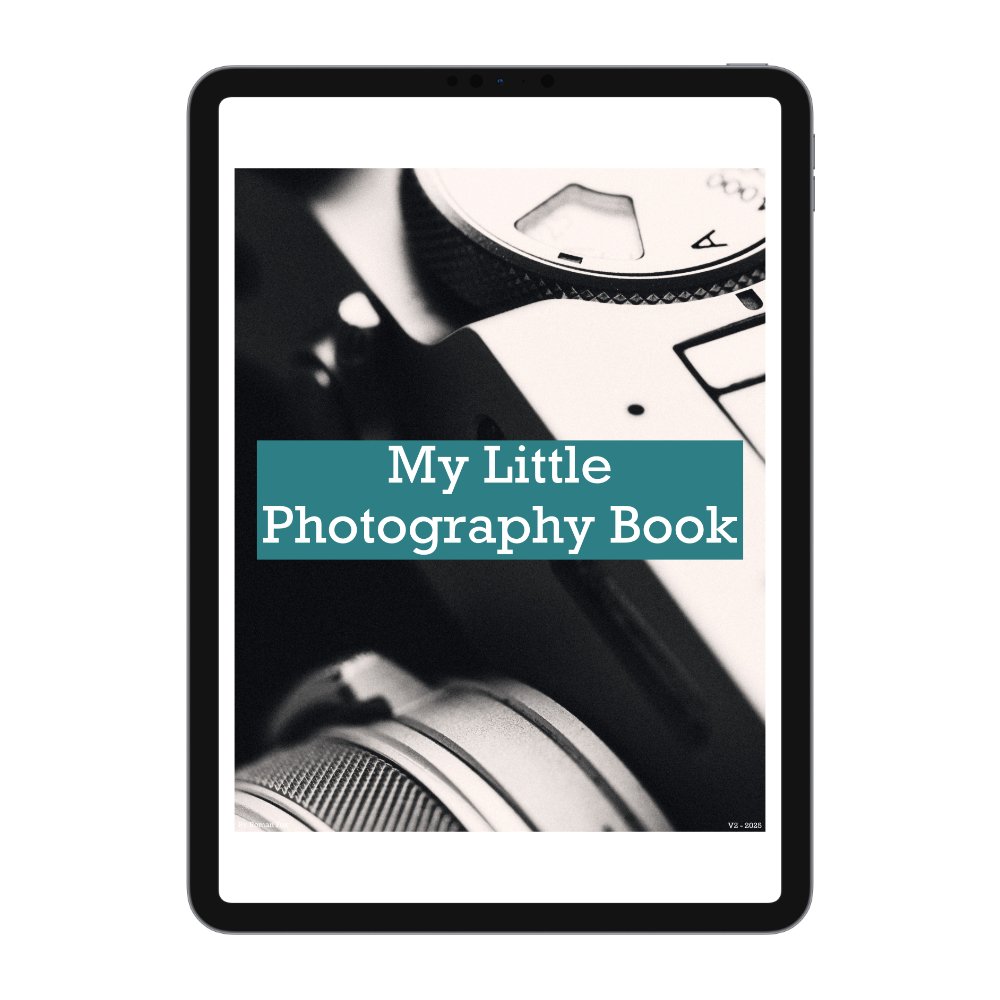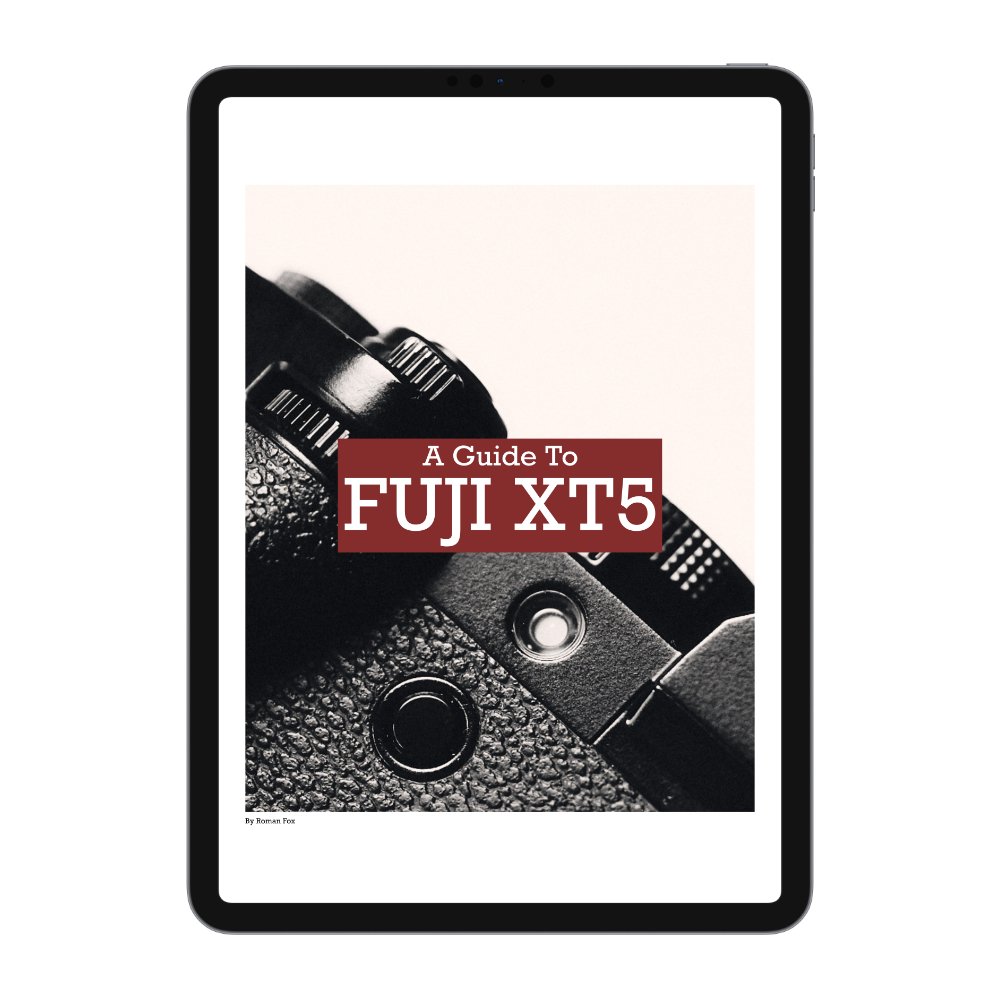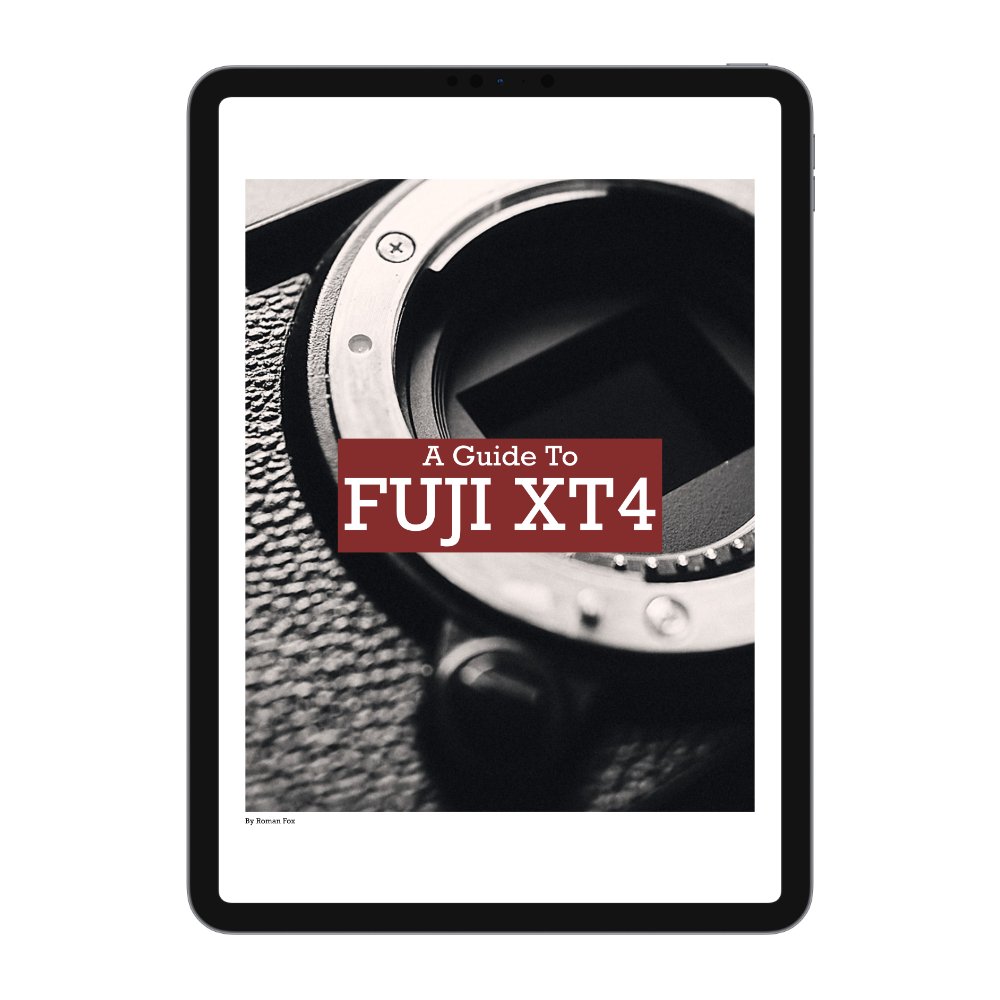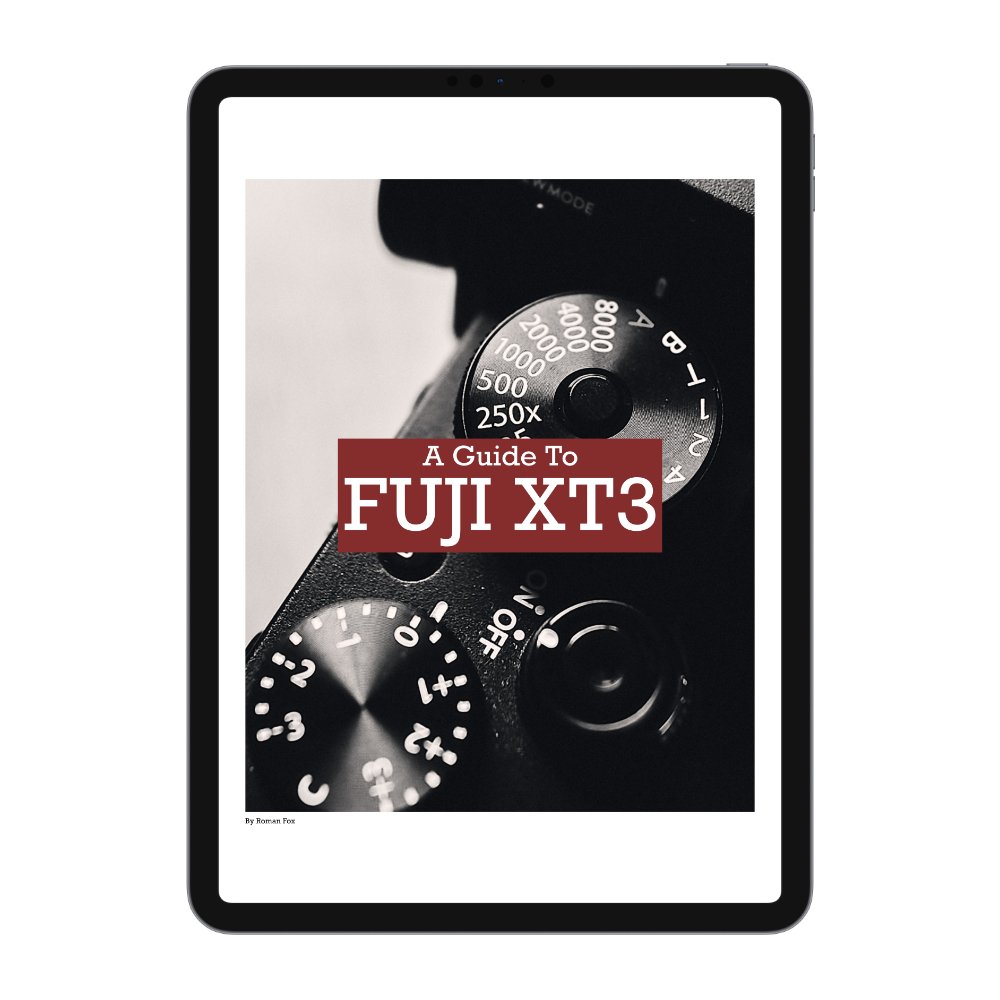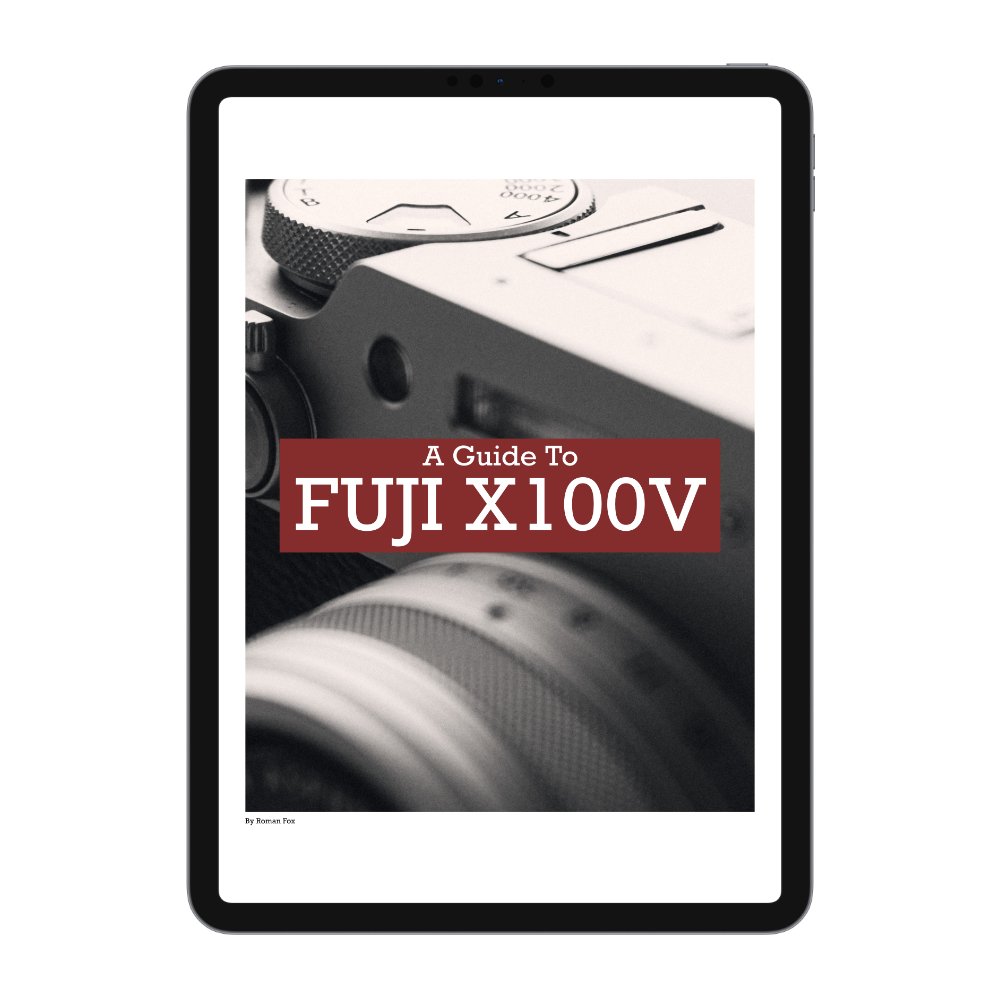5 Things I Love & Hate About Fujifilm X100VI
It’s been just over a year with the Fuji X100VI, and having extensively used it for a bunch of my trips, I’ve come up with a list of things I love and hate about my X100VI. This is very personal and for you it might be different, however I hope this blog gives you another viewpoint on this very popular camera if you’re in the market for one. Let’s start with the five things I love.
ND Filter
I will start with this feature because of how rare it is. It’s also the most underrated feature of the X100VI as I seldom hear many talk about it. With a press of a button, an ND filter instantly slides into view inside of the lens and unlocks three capabilities. Firstly, it allows you to shoot wide open on bright sunny days while maintaining mechanical shutter. Secondly, it allows you to shoot at lower shutter speeds on bright sunny days without the need to close the aperture all the way. This ensures some depth of field and nice motion blur in the subject. Finally, the best use case is for video, where using the ND means you can maintain the double frame rate shutter rule and have the most natural-looking motion blur, even during the day.
IBIS
The IBIS system in the X100VI is great, and it unlocks new ways of using the camera that you didn’t have before. Specifically, handheld shots at lower shutter speeds are now possible. Whether it’s for creative reasons or because you need to let more light in, from time to time you need to reduce the shutter speed. Having IBIS simply means that the chance of camera shake induced motion blur is reduced. This feature is even more apparent in video, where the difference between a camera with and without IBIS is night and day.
Video Capabilities
This camera is a bit of a sleeper when it comes to video. You get F-Log2, IBIS, ND, and the ability to have separate settings for photos and video (shutter speed, ISO, aperture). While you have some limitations such as the codec, frame rate, crop modes, and even how long it can record due to heat build-up, you still get an outstanding video capability in a camera that is primarily used for stills. While I’ve used the video features from time to time, I suggest checking out Eren’s work to see what this camera is really capable of.
Image Quality
The image quality is outstanding and I have nothing negative to say. You get great RAW files that are a pleasure to edit, and the best straight-out-of-camera JPEGs. I’m not a pixel peeper nor a technical gear reviewer, so this is as far as I go with image quality. Below are some of my favourite photos taken on the X100VI.
User Experience
The last thing I love about the X100VI is the overall user experience. This is a small, simple, and fun camera that you want to throw in your bag and bring with you everywhere you go. It’s fun to use, and perfect for documenting your travels, friends, and family life. Some cameras can feel too technical, too professional, and suck the fun out of photography. The Fuji X100VI is the opposite.
Weather Sealing
The first thing I really don’t like about the X100VI is the lack of full weather sealing at point of purchase. While the camera is weather sealed, the lens isn’t, and it only becomes sealed once you attach a filter to protect the lens element. This in itself isn’t an issue because I suspect packaging constraints meant a compromise had to be made. The issue lies with Fujifilm charging £100 for the official filter kit. At this price point, and with the camera being marketed as weather sealed, you’d think they would include it in the box. You can find plenty of aftermarket options for less than half the price, so this isn’t a big deal, I just can’t help but feel that this sales tactic is a little cheap.
UHS-I Card Slot
For a modern camera that shoots such high-quality photo and video, having a UHS-I slot is very cheap. If you do any type of burst shooting in RAW, be prepared to wait a considerable amount of time for your files to write, and the camera to be free to shoot again. Given the premium positioning, and the file sizes, a UHS-II card slot would have been more appropriate.
Poor Video Implementation
Earlier I praised the video capability of the X100VI, and I stand by that, however there is one glaring aspect that lets this camera down and it’s the poor software implementation of how one might access the video mode. On most cameras, you either have a hard switch to go between photo and video (Sony A7CII, XT5), or you have the ability to set a custom button that takes you straight into video (Leica Q3). On the X100, you need to first press the drive button, and then scroll down to the video icon. Furthermore, while you can separate the photo and video settings, you can’t separate the button setup. This means that the custom buttons are assigned globally and this will carry over from photo to video.
Autofocus
The AF is average at best on the X100VI. It feels like a clunky, outdated system and you certainly know about it given the noise and vibration through the camera when focusing. The AF is more than good enough for general snapshots of everyday life, however the moment you want to focus on faster-moving subjects, that’s when you might start running into some shortcomings.
On/Off Switch
The final thing that sometimes drives me nuts about the X100VI is the on/off switch. Specifically, the fact that the tip of the switch protrudes from the camera body ever so slightly. This means that it’s extremely easy to catch and switch the camera on. I lost count of how many times I pulled the X100 out of my sling, only to find it switched on with 50 black photos and a drained battery. This isn’t an issue on any other Fuji including the X100V.









